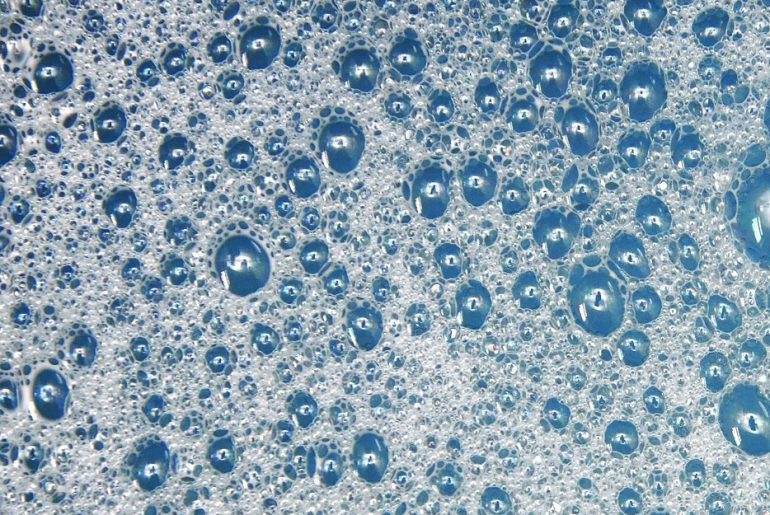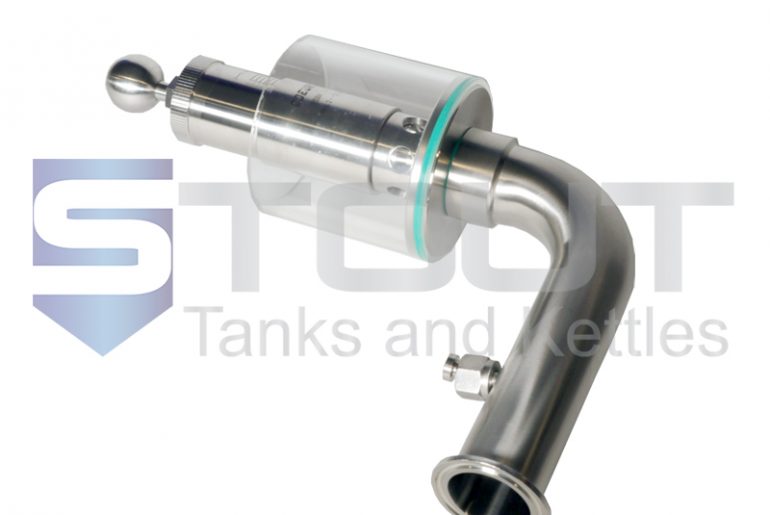Hot Liquor Tank vs. On-Demand Water Heater
It costs a lot of money to open a brewery, and you might ask, “Do I really need to spend all that money?”.
Some brewers look for immediate savings is in the brewhouse by eliminating a hot liquor tank. Do you need a 3-vessel brewhouse, with a mash tun, brew kettle and a hot liquor tank? Or can you get by with a 2 vessel brewhouse, just the mash tun and the brew kettle? Some people claim that the hot liquor tank (or “HLT”) is just a glorified hot water tank anyway, and you can brew beer just fine without it. Other’s claim that the hot liquor tank is an essential part of their brewing process, and it would be hard to brew without it.
So, can you get buy without a hot liquor tank? The answer, of course, depends. There are plusses and minuses. Tradeoffs must be considered before decisions are made.
One common strategy to replace the HLT is to install an on-demand water heater, otherwise known as a tankless water heater. The up-side of an on-demand water heater is they can be very efficient at heating water. Most of them run on natural gas and are almost or over 90% efficient with their energy. Because natural gas is a low-cost source of energy, the cost of raising the temperature of your strike water from ground temperature to your mash-in temperature can be every economical. So getting hot water from a tankless heater can be pretty cheap.
By eliminating the HLT from your brewhouse, you have saved the cost of one vessel, which can be a significant investment. But what are the down-sides? What do you give up when you eliminate the hot liquor tank?
One of the big things you give up is time. Many tankless water heaters are limited in the volume of hot water they can produce. When mashing in, it can sometimes take quite a while for a tankless heater to reach your strike temperature. The higher the temperature you need for your strike water, the longer the tankless water heater will hold the water in the heat exchanger. Tankless water heaters will reduce the flow of water until the water hits the target temperature. Depending on your starting groundwater temperature, the actual gallons per minute (GPM) of your tankless water heater can be significantly below the stated rate.
At 4 gallons per minute, it will take almost 25 minutes to fill a 5 BBL mash tun completely. How long does your mash last, and how long will it take to fill the mash tun?
Another thing you give up is precision mashing. Many of our brew houses come standard with HERMS coils. HERMS stands for Heat Exchanged Recirculating Mash System. With a HERMS coil you recirculate your wort through a heat exchanger coil in the HLT. You can precisely control the temperature of the mash by how quickly you recirculate the wort through the HERMS coil, and by how hot you keep the water in the HLT.
Some brewers like to step mash. Step mashing is raising the temperature of the mash in stages. This is much easier with a HERMS coil in your hot liquor tank because you can precisely control each step of the mash. This is hard to do with a tankless water heater that has only a single temperature setting.

Another tradeoff is volume. Many brewers opt for an oversized HLT simply because it is handy to have a lot of hot water around for clean up, especially if you are using a CIP cart. The pump on your CIP cart drawing from an HLT can give you a large volume of hot water fast. Sometimes faster than any water heater can.
An electric HLT can also provide convenience. With a Stout Tanks and Kettles electric brewing system, it is possible to set your HLT on a timer so it can start heating your water overnight while you sleep. Your HLT can be automatically making hot water while you are still at home making your coffee. You can show up in the morning to hot strike water, ready to brew beer.
HLT’s can also save energy. At the end of your boil, when you run your beer through the heat exchanger on the way to the fermenter, you can put all of that heat back into your HLT for your next brew. For those brewers that double batch, or brew back to back days, this can save a significant amount of energy. Heating your strike water can be almost half of the energy you use in your brewery.
Finally, and HLT makes it easier to treat your water for Ph, minerality, chlorine and other impurities. For brewers who treat their water, the HLT can be very helpful.
So in the end, whether you build your brewhouse with 2 vessels or 3 is really about your personal preferences. Many great beers have been brewed without a hot liquor tank. And for cash strapped start-ups, getting started can be better than waiting until you can afford the perfect brewery. But if you can afford it, the HLT can make your brew days easier and more enjoyable, and help you make great beers.
Cheers!



